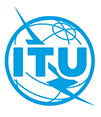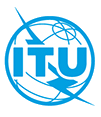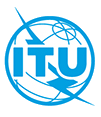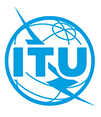Network Functions Virtualisation (NFV); Infrastructure; Methodology to describe Interfaces and Abstractions
The present document describes how Network Functions Virtualisation (NFV) related interfaces and abstractions are to be derived and specified. It describes the concepts associated with these interfaces and abstractions. It covers the specification process / methodology in general. It presents a cross-cutting framework which covers compute, hypervisor and infrastructure network domains, also data, control and management planes.
The present document does not specify all the interfaces and abstractions as these are covered by other documents, e.g. the NFV INF domain specific documents. Examples of interfaces and abstractions are nevertheless supplied to illustrate the methodology.
The present document does not provide any detailed specification but makes reference to specifications developed by other bodies and to potential specifications, which, in the opinion of the NFV ISG could be usefully developed by an appropriate standards development organization (SDO). Furthermore the NFV INF domain specific documents will not provide detailed specifications either.









